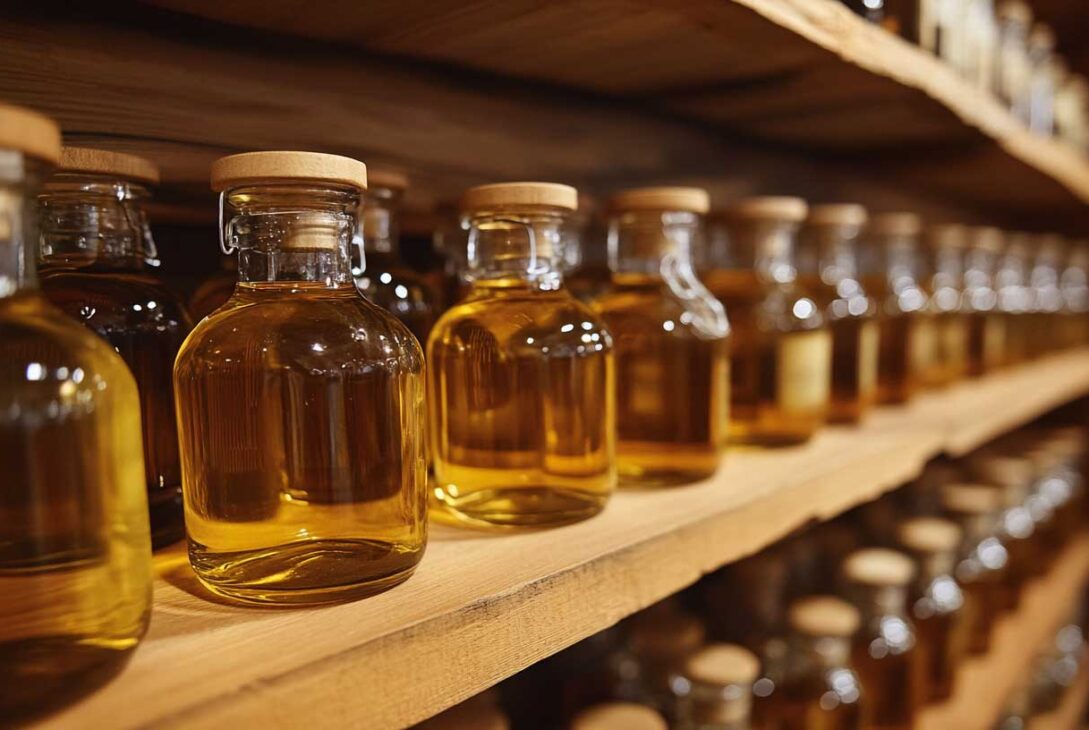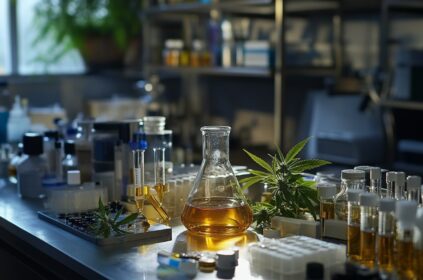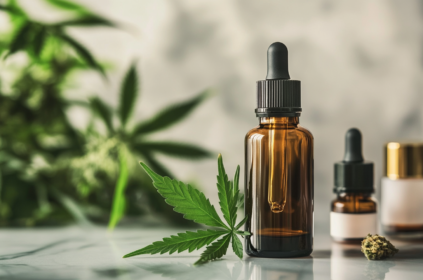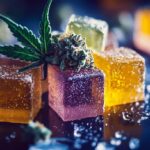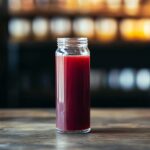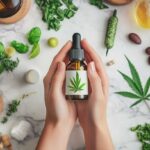Introduction
When it comes to CBD products, particularly those rich in terpenes, maintaining quality and potency is crucial for both consumers and manufacturers. Terpenes, the aromatic compounds found in cannabis, are not just responsible for the distinct scents of different strains; they also play a significant role in the overall efficacy and flavor profiles of CBD products. However, these compounds are sensitive to various environmental factors. In this guide, we’ll explore the importance of terpene stability, examine how different storage conditions impact it, and offer actionable tips for preserving the quality and shelf life of your CBD products.
Understanding Terpene Stability
Factors Impacting Terpene Stability
Terpenes are volatile compounds that can degrade due to several factors:
- Temperature: Excessive heat can lead to the volatilization and degradation of terpenes, altering their flavor and effectiveness. Conversely, storing products in extremely cold conditions can affect their viscosity, impacting the dispersion of the terpenes in products like oils and vape liquids.
- Light: UV rays and general light exposure are known catalysts for terpene degradation. Using opaque packaging, such as amber or UV-protective materials, can significantly extend the shelf life of terpenes.
- Oxygen: Oxidation is another significant factor in terpene degradation. Proper packaging that minimizes oxygen exposure is essential for preserving terpenes.
Optimal Storage Conditions for Terpene Stability
Temperature Considerations
To maintain terpene integrity, consider these temperature guidelines:
- Cool and Stable Temperatures: Ideal storage temperatures for CBD products, especially those containing terpenes, are typically cool and stable. Recommendations suggest a temperature range between 16 to 21°C (60 to 70°F).
- Cold Storage: While cold storage can slow down degradation processes, it should be approached with caution. Keeping products at a temperature of around 4°C can help preserve terpenes, but extremely cold temperatures could affect the physical properties of the product.
Light Protection
To shield terpenes from harmful UV rays:
- Dark and Opaque Containers: Opt for dark-colored containers, such as amber or opaque glass jars. This protects terpenes from light exposure, which is pivotal for maintaining their aromatic and flavor profiles.
Moisture and Air Control
Controlling moisture and air exposure is vital to maintaining terpene stability:
- Dry Environment: Ensure that the storage location is dry and devoid of moisture, as humidity can contribute to the degradation of terpenes and cannabinoids.
- Minimal Air Exposure: Limit how often you open containers and use airtight packaging. This minimizes air exposure, preserving the freshness and potency of the terpenes.
Storage Methods for Different CBD Products
CBD Oil
- Room Temperature: For shorter durations and smaller quantities, storing CBD oil at room temperature (16 to 21°C or 60 to 70°F) is suitable. This helps maintain its chemical composition without triggering breakdown or thickening.
- Refrigeration: For longer storage periods, refrigeration can be beneficial, although it may cause oil to thicken. Allowing the oil to return to room temperature before use is recommended for optimal performance.
CBD Flowers
- Cool, Dark Place: Storing CBD flowers in a cool, dark environment, such as a cupboard or pantry, is ideal. This protects the cannabinoids and terpenes from heat and light, which can accelerate degradation.
Vape Cartridges
- Moderately Cool Temperatures: For vape cartridges, moderately cool temperatures are optimal. Avoid extreme temperature fluctuations and use opaque packaging to preserve terpenes and enhance the vaping experience.
Best Practices for Preserving Terpene Stability
Packaging
- Opaque Materials: Utilize packaging that blocks UV rays and light, such as amber glass or specialized UV-protective plastics. This is a simple yet effective way to maintain terpene stability.
Storage Location
- Avoid Frequent Openings: Be mindful of how often you open containers; reducing exposure to air and light is crucial.
- Keep Away from Strong Odors: Store CBD products away from strong odors to prevent contamination and degradation.
Monitoring Temperature
- Stable Temperatures: Ensure that your storage area maintains stable temperatures with minimal fluctuations. This is key to preserving terpene integrity.
Conclusion
Maintaining the stability of terpenes in CBD products is essential for preserving their quality, efficacy, and shelf life. Understanding the factors that impact terpene stability and implementing optimal storage conditions will help ensure that your CBD products retain their potency and flavor profile.
Actionable Tips
- Store in Cool, Dark Places: Choose cool, dark locations for your CBD products to protect them from heat and light.
- Use Opaque Packaging: Opt for opaque materials to shield terpenes from UV rays and light exposure.
- Control Temperature: Maintain stable temperatures between 16 to 21°C (60 to 70°F) for most CBD products.
- Minimize Air Exposure: Use airtight packaging and limit container openings to preserve freshness.
- Monitor Storage Conditions: Regularly check your storage parameters to ensure they remain optimal.
By following these guidelines, you can help maintain the quality and potency of your CBD products, ensuring they remain effective and enjoyable for their intended use.
For those seeking further insights and tips on CBD and hemp products, exploring reputable blogs or resources dedicated to the subject will deepen your understanding and enhance your experience.

